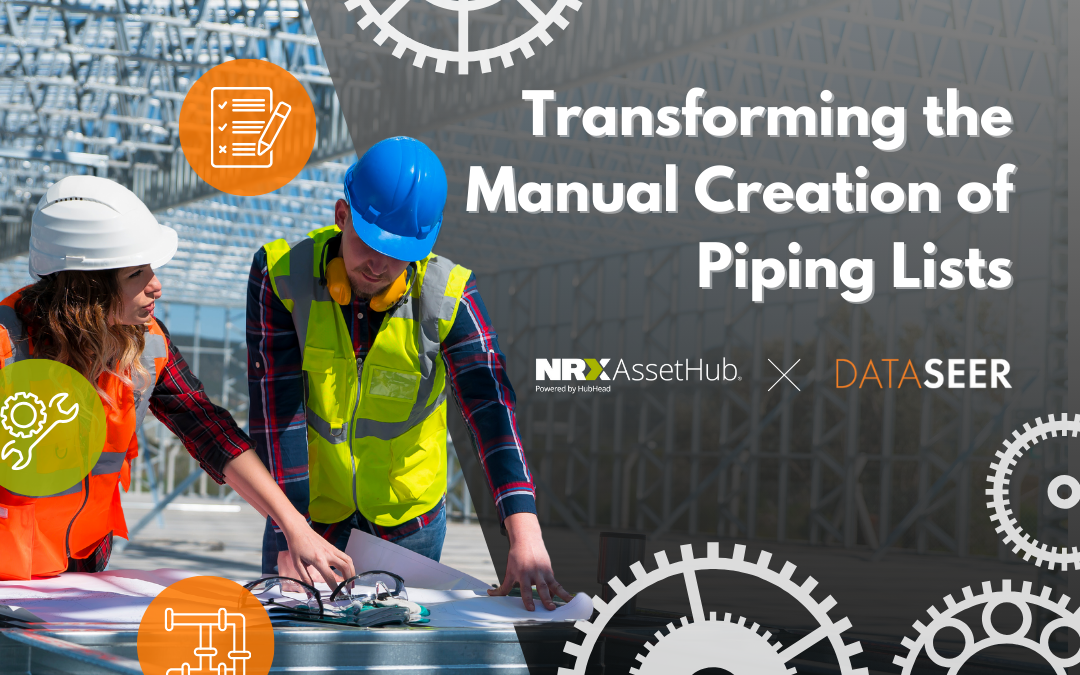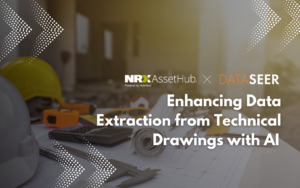Ensuring a company’s pipelines are safe and reliable is very important, but making a detailed list of all the pipelines can be a long and boring job. This is because creating these lists by hand requires a lot of careful work to ensure everything is accurate.

Engineers usually make these lists by looking at P&IDs, which are special drawings that show all the pipes and instruments. These drawings are often scanned images that engineers have to review manually. This process can take many hours, as they enter the data into Excel sheets, repeating the same steps over and over. This manual method is not only slow but can also lead to mistakes.
Human review of these drawings is crucial because it involves identifying important details like pipeline numbers, instrument tags, and valves with their sizes and labels. However, any errors in these drawings can cause project delays, as every piece of data needs to be checked and rechecked carefully. To avoid these delays, it’s important to find a way to make the data extraction from P&IDs more accurate.

One solution is to combine human review with automation. An application that can automatically find and extract symbols and tags from P&IDs would greatly reduce the amount of work and improve the accuracy of the data extraction process.
How Can We Help You?
HubHead and DataSeer’s AI Service combines human-level understanding with machine speed to build a scalable knowledge data store of engineering designs. This provides valuable support for engineers by generating insights from their existing data. By integrating these solutions with your existing EAM/CMMS systems and creating a digital twin, you can enhance decision-making and streamline your maintenance processes. To learn more about how we can help you, contact us for a free demo or book a call.
The Tedious Nature of Creating Piping Lists Manually
Enhancing Data Extraction from Technical Drawings with AI
Streamlining Equipment Tag Extraction to Reflect Technical Drawings
Share this article




